" Image: Robert Roux We're suckers here for two things; 1) brutal racing cars of the 1970s and 2) cutaway drawings of brutal racing cars of the 1970s. When these things come together we are bowled over. So, for your delight, behold this "

Matra: Sports Car Innovators
A trailblazer in the world of sports cars
Which company won the European F2 Championship, F1 World Championship (drivers and constructors), 24 Heures du Mans, the World Sportscar Championship, built its own racing V12 engine AND was involved in the production, first as a supplier then as a manufacturer, of the world’s first mid-engined production car? Hint: it’s not Ferrari.
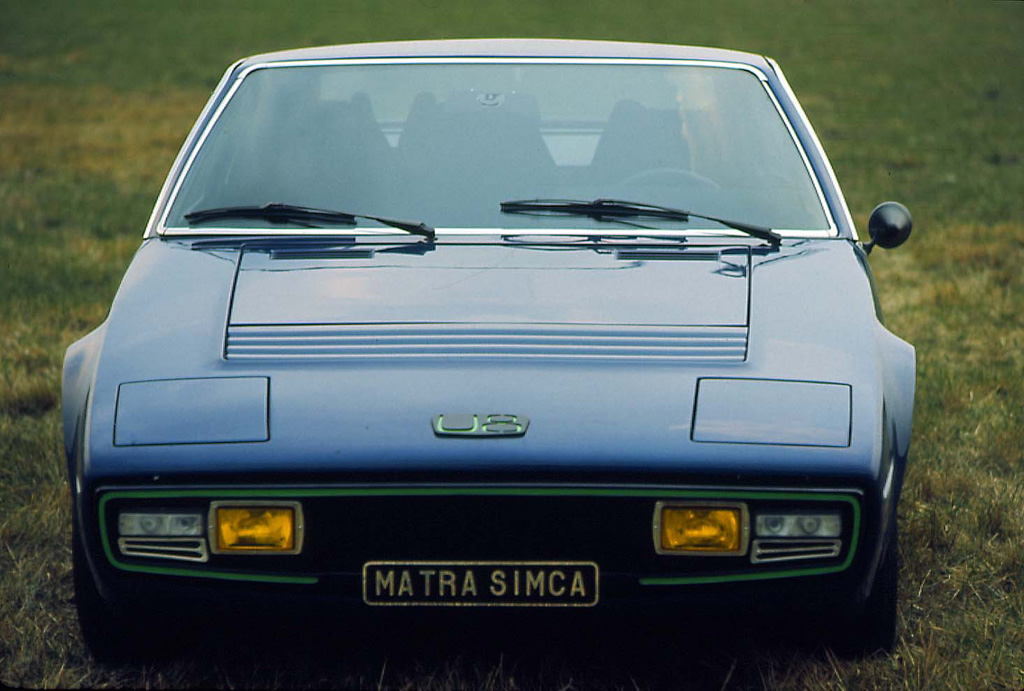
The answer, mesdames et messieurs, is Matra or, to use its full name, Mecanique Aviation Traction, an aerospace and defence company that in the mid-1960s branched out to become a constructor of both road and racing cars.
In essence, it all began in 1961 when Charles Deutsch and René Bonnet, proprietors of Deutsch-Bonnet, a small French manufacturer of road and racing cars, went their separate ways. Both men continued to build cars, but of the two it was Bonnet who pursued the more radical path by creating the Djet, the world’s first mid-engined production car. Launched in 1962, the Renault-powered Djet (the car’s name was ‘Jet’ but Bonnet added the ‘D’ as he thought that French speakers would otherwise pronounce it incorrectly) featured an advanced specification that included all round disc brakes and independent suspension. And thanks to its lightweight construction and slippery shape, its small engines delivered sprightly performance.
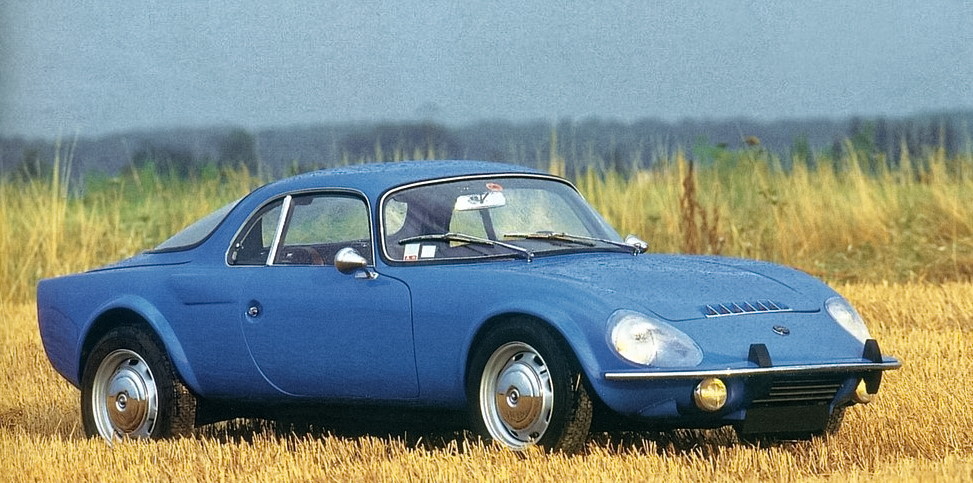
But then, as now, running a low-volume car company was no easy task, and Automobiles René Bonnet soon ran into financial difficulties. In 1964, the company was taken over by one of its creditors, Engins Matra, who produced the Djet’s fibreglass body and provided assembly facilities at their factory in Romorantin. Shortly thereafter, a new company, Matra Sports, was formed to take over construction and marketing of the Djet.
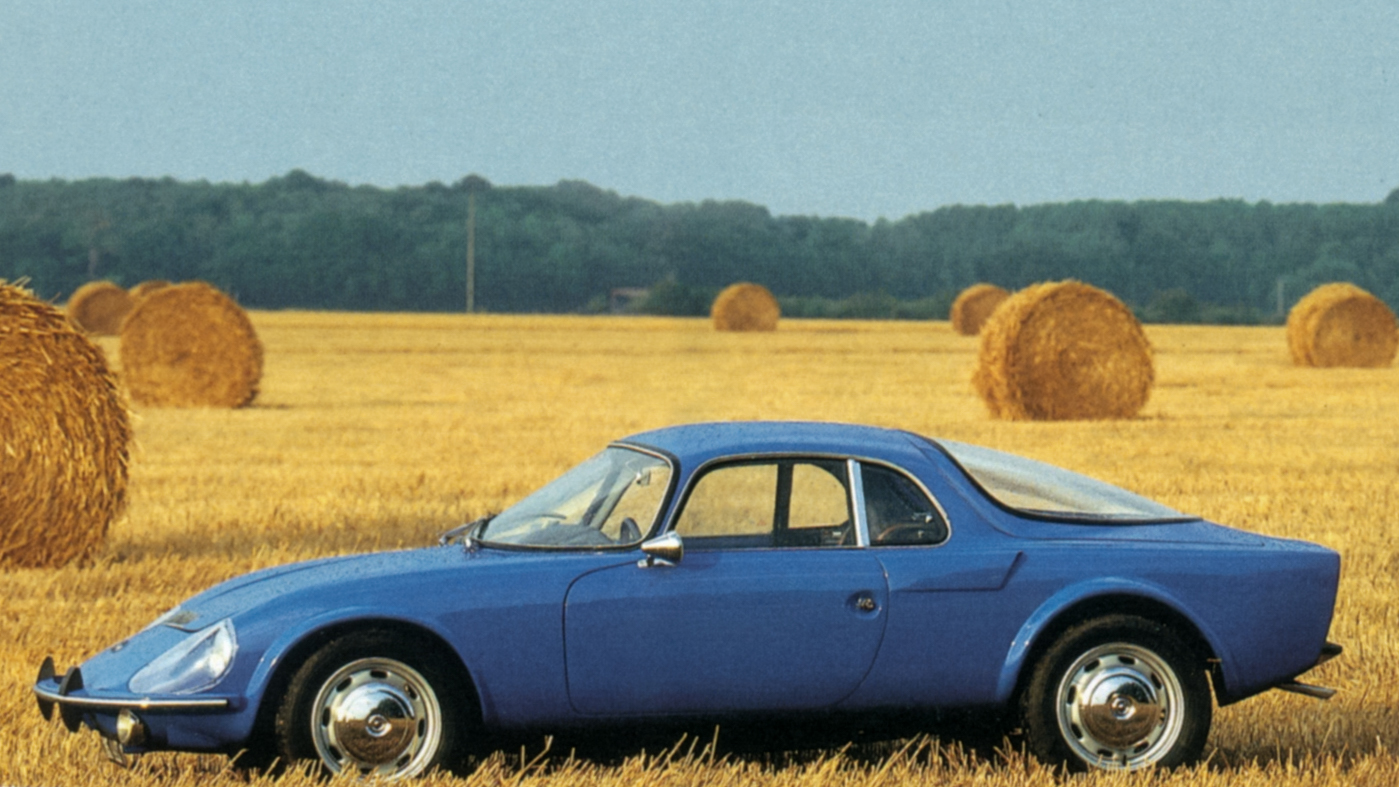
Prior to its relaunch under the Matra-Bonnet banner, the Djet was treated to a makeover by Matra engineers, the resulting Djet V and VS models being longer and having a slightly wider rear track than the Bonnet originals. Improvements were also made to the production process, enabling Matra to cut the price of the Djet by around 15%.
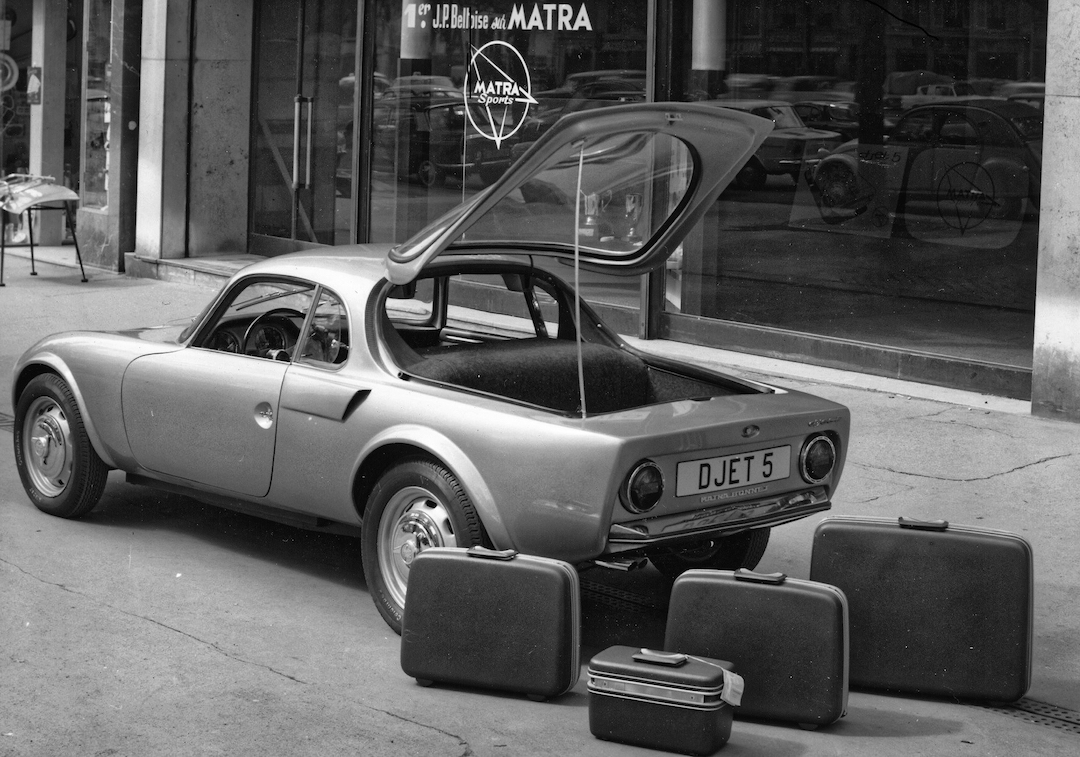
Better marketing, including the gifting of a Djet VS to Russian cosmonaut Yuri Gagarin, the first human in space, resulted in a significant rise in sales, and further improvements led to the final incarnation of the Djet, known simply as the Matra Jet 6, being able to reach a claimed 125 mph – a remarkable feat for a 1.2 litre car in 1967.
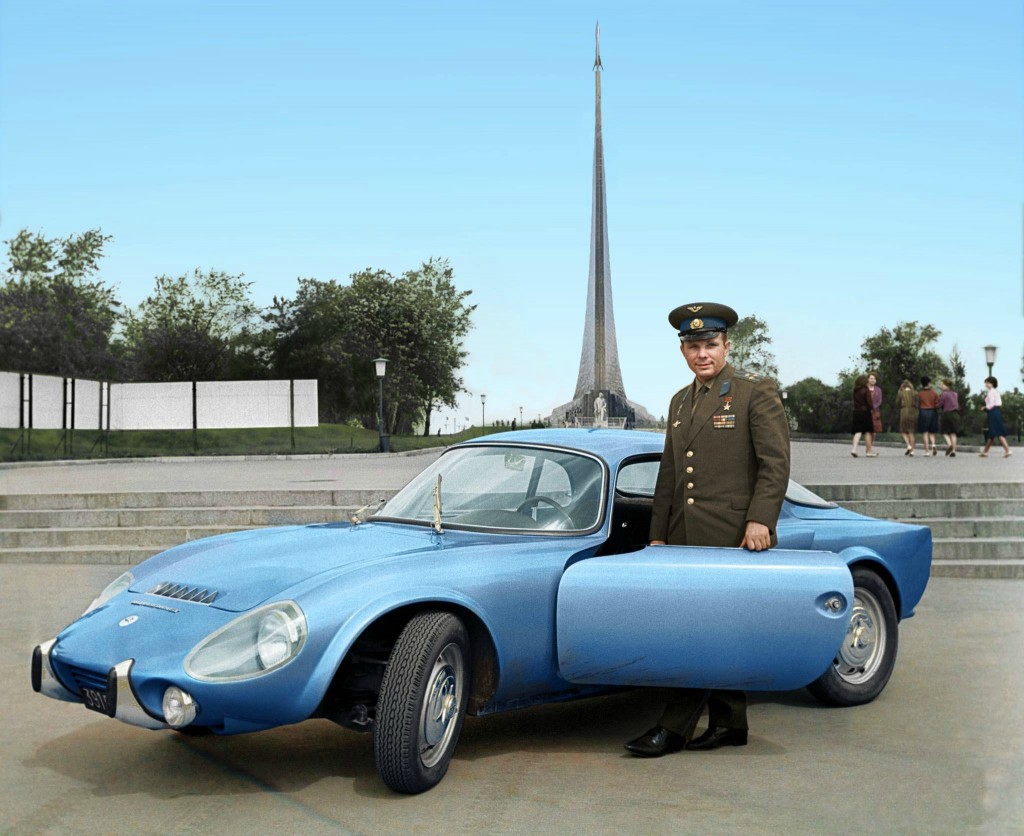
Impressive though the Djet was, Matra was keen to commence production of a car of its own design, a sporty but more comfortable model that would appeal to younger people. Named after one of the company’s missiles (the world was a different place in the 1960s), the Matra M530A retained the mid-engined layout of the Djet but added some of of Matra’s own secret sauce to the recipe. For starters, it had four seats (albeit it was a 2+2 rather than a proper four seater), pop-up headlights and a two piece targa roof. And then there was the shape, the very definition of modern art on four wheels. If you think that ‘avant garde’ is French for ‘front bumper’ then think again!

The M530 rode and handled well, courtesy of independent front and rear suspension and all-round disc brakes, although its 1699cc Ford V4 failed to endow it with performance to match that of the Djet. But while the M530 may not have been a road-going missile, its style, road manners and intelligent design were all favourably commented upon.
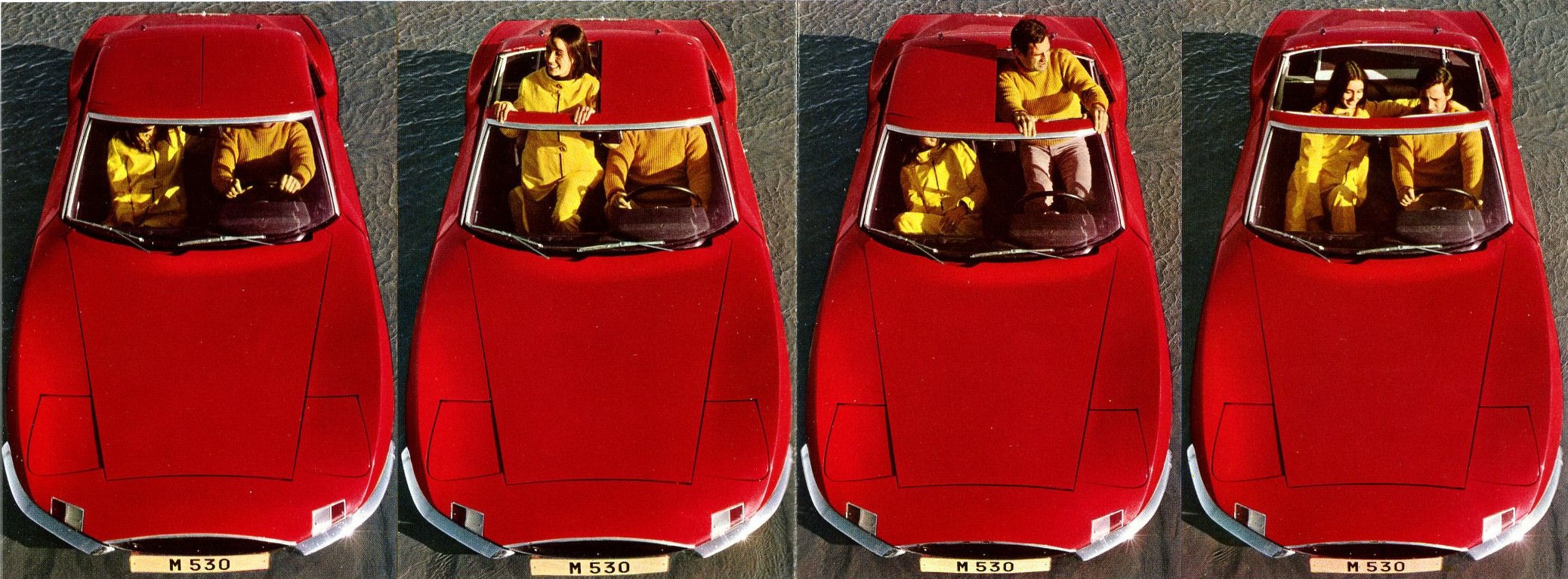
In 1969, Matra Sports and Simca (then part of Chrysler Europe) entered into a commercial partnership that saw the Ford-powered M530 sold by the American marque’s European dealer network pending the development of a new Matra/Simca sports car. Along the way, the M530A became known as the M530LX and a cheaper version, the M530 SX, with fixed roof and headlights, was introduced.
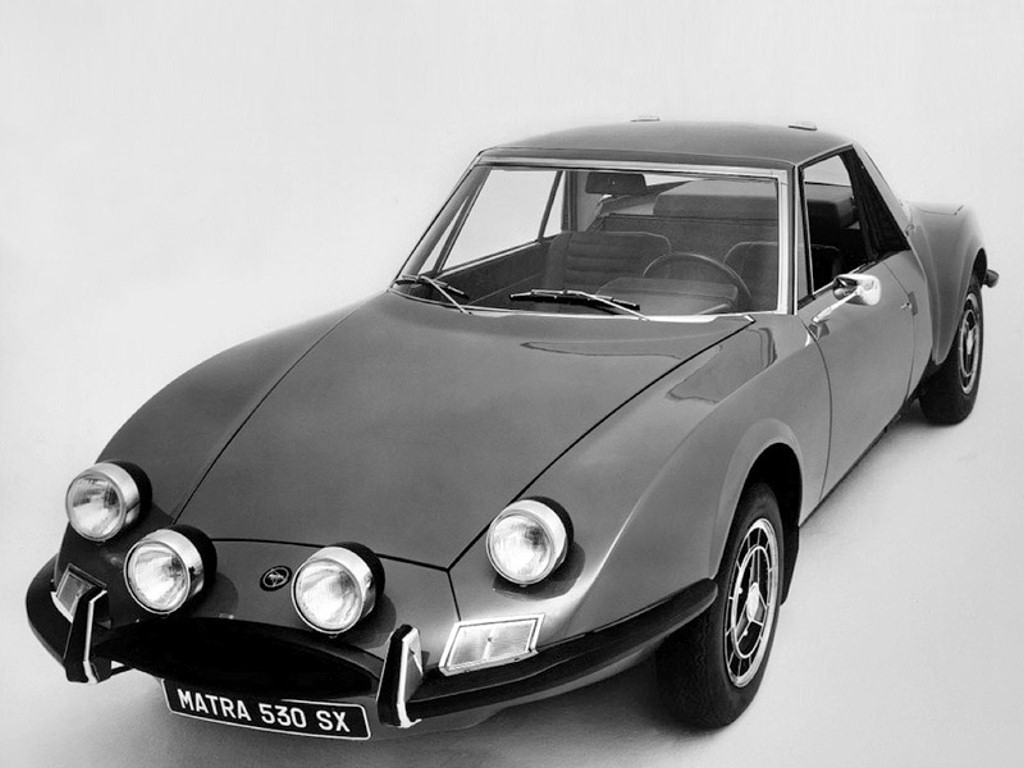
The M530 bowed out in 1973, after 9,609 had been built. Its replacement was another mid-engined sports car, the Matra-Simca Bagheera. Clad in a stylish GRP body and bestowed with three-abreast seating set in an interior that looked like it had been dreamed up by some slightly anarchic NASA engineers, the Bagheera was launched at the 1973 24 Heures du Mans, a race that saw its big sister, the V12-powered Matra MS 670B, howl its way to victory.
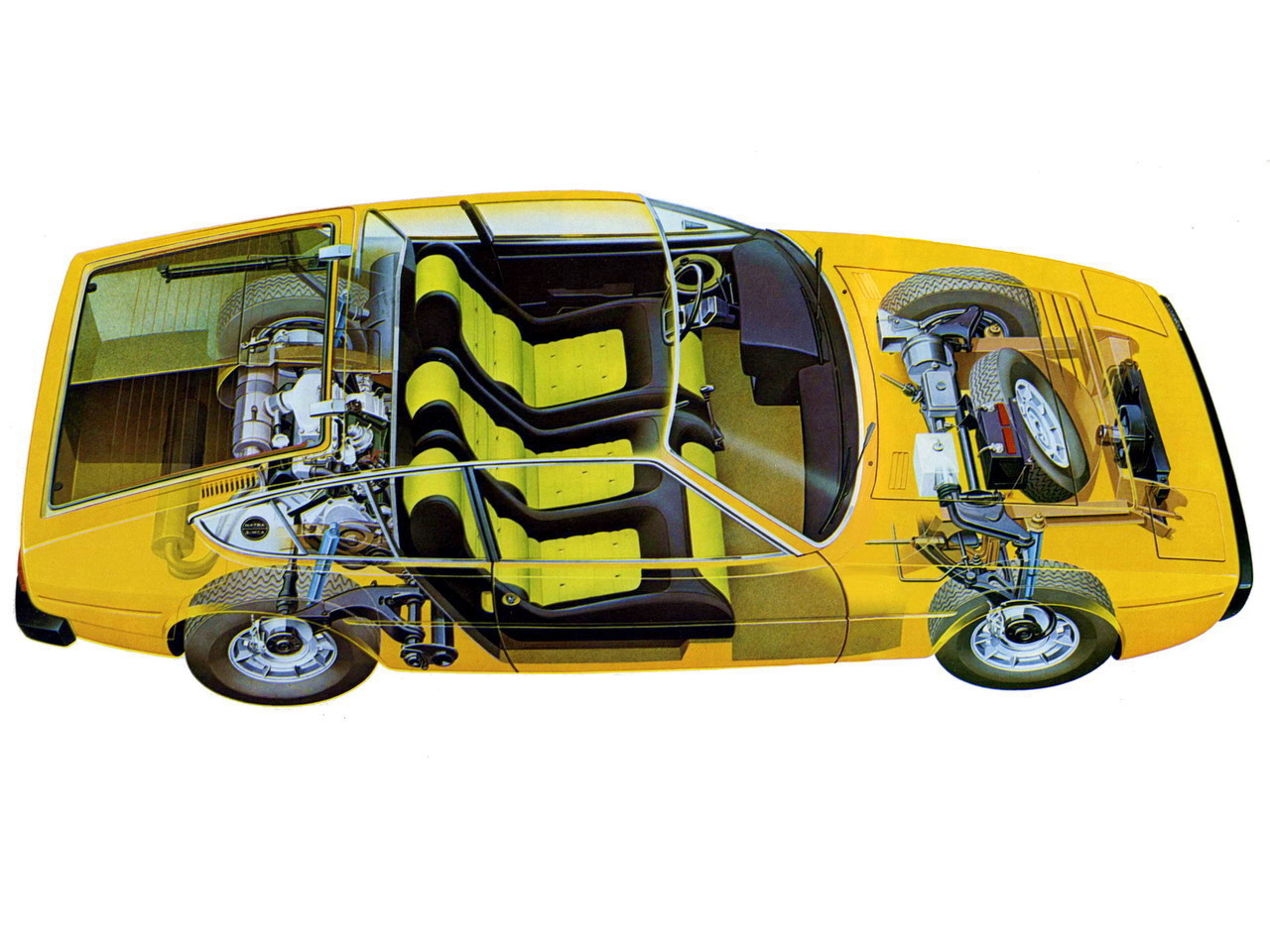
The motoring press were quick to note that the Bagheera possessed the by-now familiar Matra strengths of handling, roadholding and ride comfort in abundance. Fuel consumption from the 1294cc Simca Poissy engine was also good, something that would become very important in the energy crisis era. Performance, however, failed to live up to the impression given by its sleek lines. Even so, the Bagheera stole the hearts of the press and public alike, winning Style Auto magazine’s award for 1973, and going on to sell just under 48,000 examples.
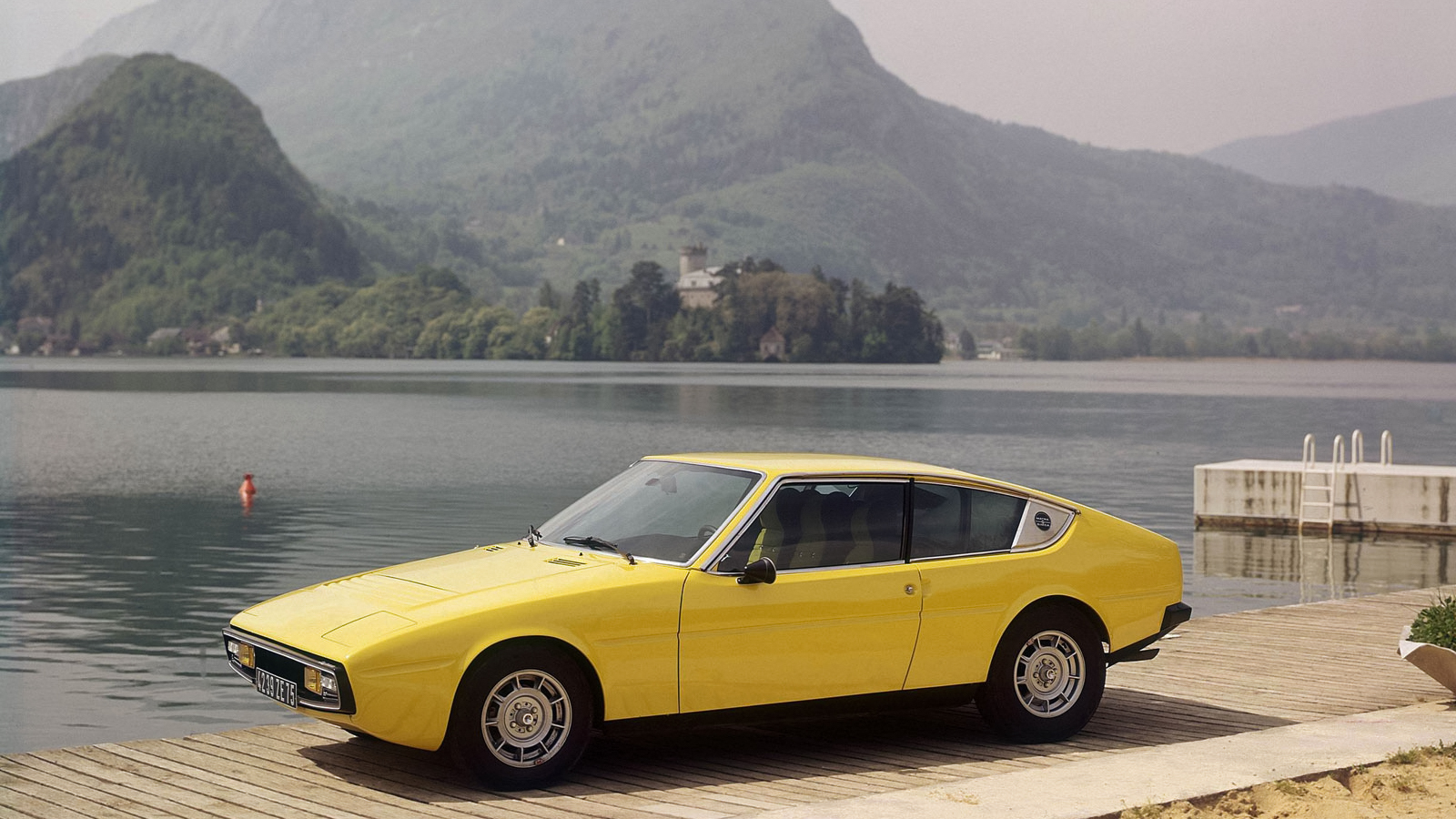
Matra had originally intended to introduce a high-performance version of the Bagheera featuring two 1294cc engines in a ‘U’ configuration. Running prototypes were built and tested but the energy crisis put paid to the project. Some later versions of the Bagheera were offered with the larger (1442cc) version of the Poissy engine, but the idea of a true high-performance Bagheera died with the U8 project.
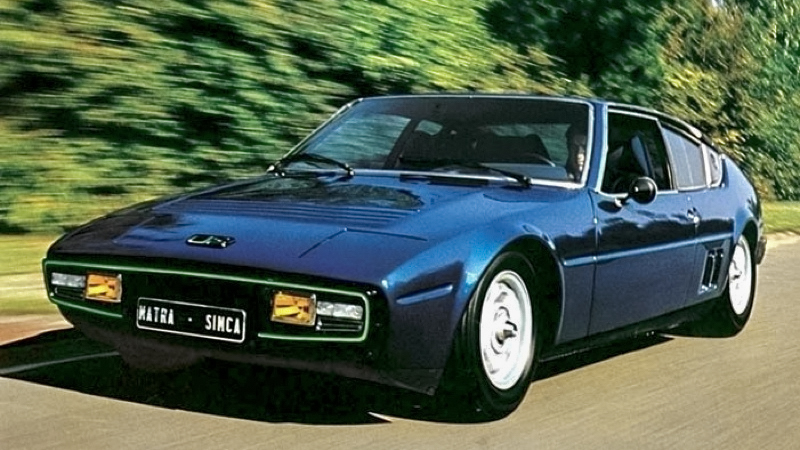
A restyled series 2 model was launched in 1976, and the following year saw the Bagheera become available through Chrysler dealers in the UK for the first time. Although the Bagheera was only ever built in left-hand-drive form, around 50 series 2 cars were converted to right-hand-drive by Hodec of Woking.
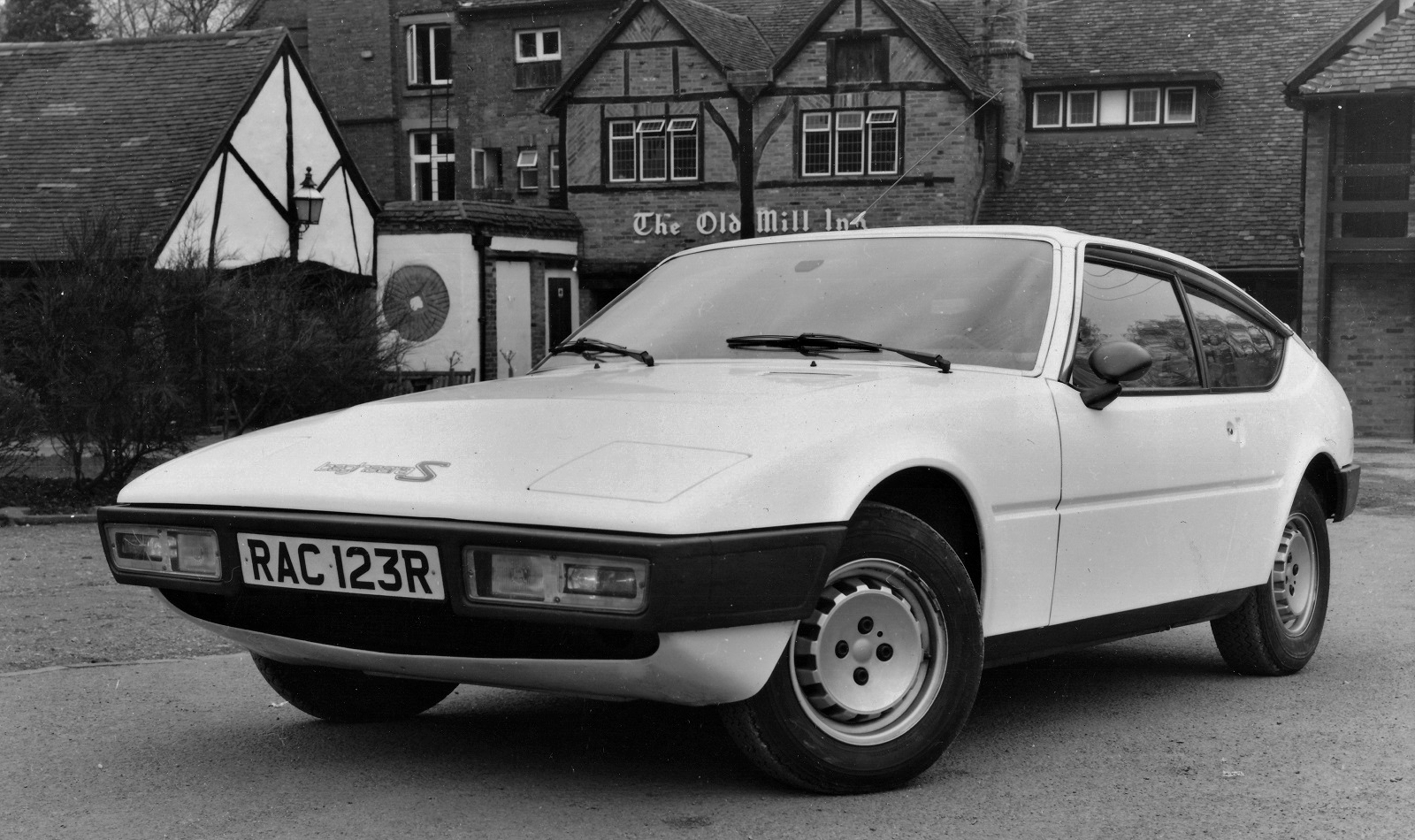
Production of the Bagheera ceased in 1980 in order to make way for a new Matra sports car, the Murena. Built and marketed in conjunction with PSA Peugeot-Citroën (who had taken over Chrysler Europe in 1978 and thereafter taken a minority stake in the newly formed Matra Automobile), the Talbot-Matra Murena (to use its full name) was designed to address the Bagheera’s two main weaknesses: performance and susceptibility to chassis corrosion.
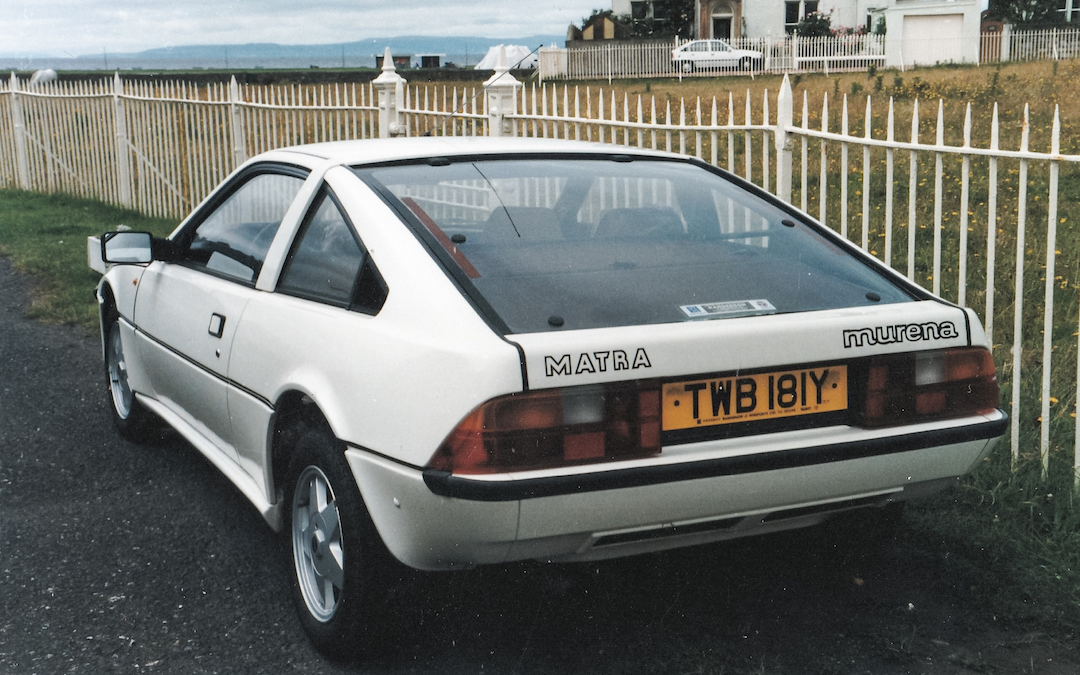
Enhancing the performance was simply a matter of offering larger engines, a 1592cc version of the venerable Poissy unit and a 2.2 litre version of a Simca SOHC unit that had first seen service around a decade earlier. Matra went a mite further in their efforts to combat chassis rust: the Murena became the first production car in the world to have its chassis hot-dip galvanised, a process that involved the chassis unit being lowered into a tank of molten zinc. So successful was this treatment that Matra employed it on the Espace and Avantime models that followed the Murena.
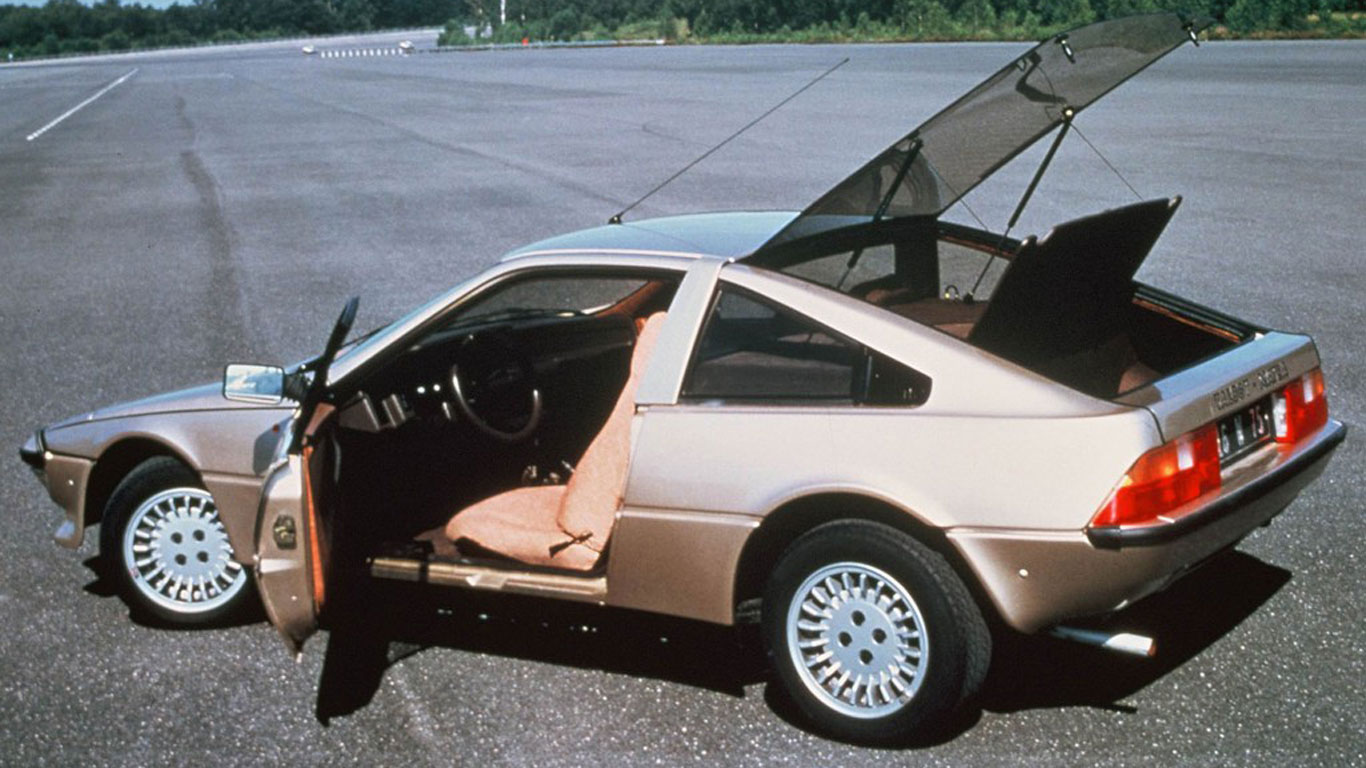
In most other respects, the Murena was evolutionary rather than revolutionary. It retained the same three-abreast seating as the Bagheera but packaged it within a more modern and aerodynamically efficient shape.
As with the Bagheera, Matra had planned to introduce a high-performance version of the Murena. This time, they produced a heavily reworked version of the 2.2 engine used by the larger-engined variant of the standard car, resulting in power increasing from about 113 bhp to 176 bhp. Revised bodywork was also designed, giving the car a more masculine look. PSA, however, refused to sanction production of the engine, and both it and the new bodywork were consigned to the ‘if only’ file.
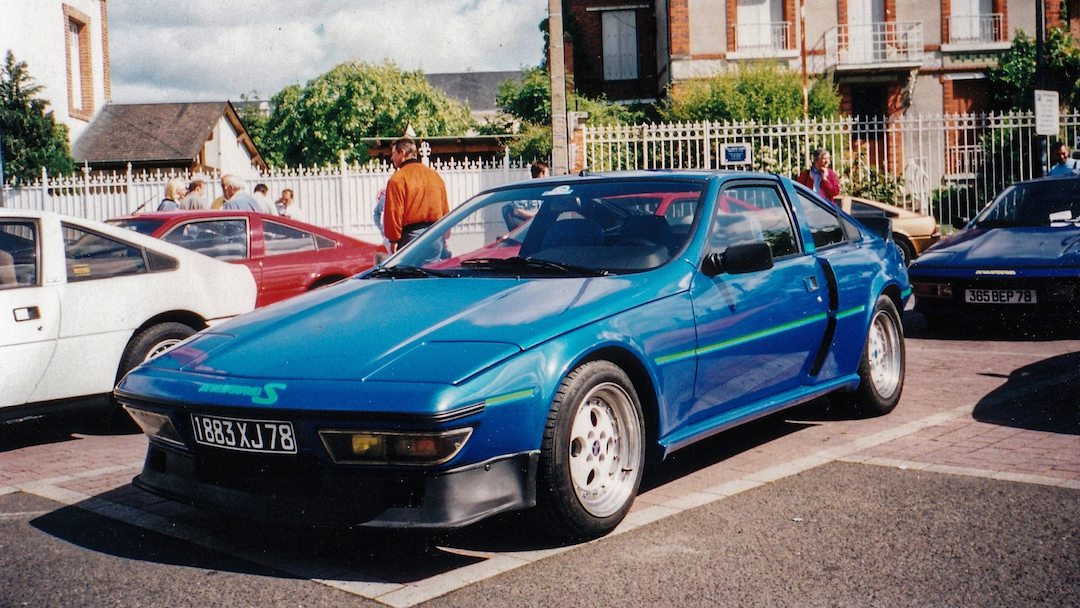
In spite of this setback, a less radically uprated version of the 2.2 litre engine was produced. Originally available as a dealer-fitted kit (along with body coloured side skirts and a black rear aerofoil) and later as the sole engine option on the 1984 model year Murena, this unit had an output of around 134bhp, enough to give the Murena the oomph to match its looks.
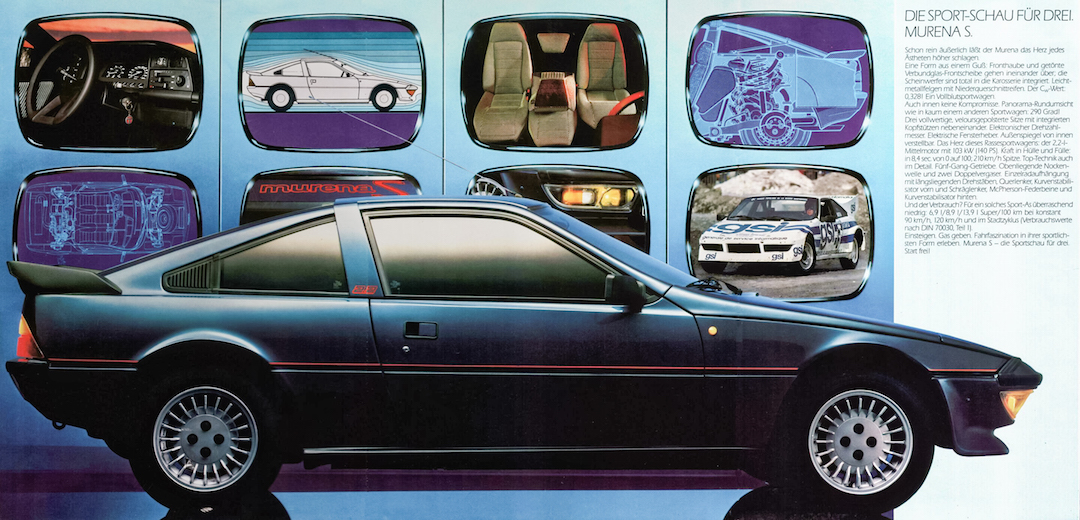
Pretty and capable though it was, the Murena failed to attract anything like the same number of buyers as the Bagheera, and production ceased in the summer of 1983 with only 10,680 examples having rolled off the production line. Its fate was sealed when PSA passed up the chance to collaborate with Matra on a radical new design based on Matra’s P18 prototype. Matra took the idea to Renault and a deal was struck, one which saw Matra buy out PSA’s minority share in Matra Automobile. Never again would Matra build a sports car.
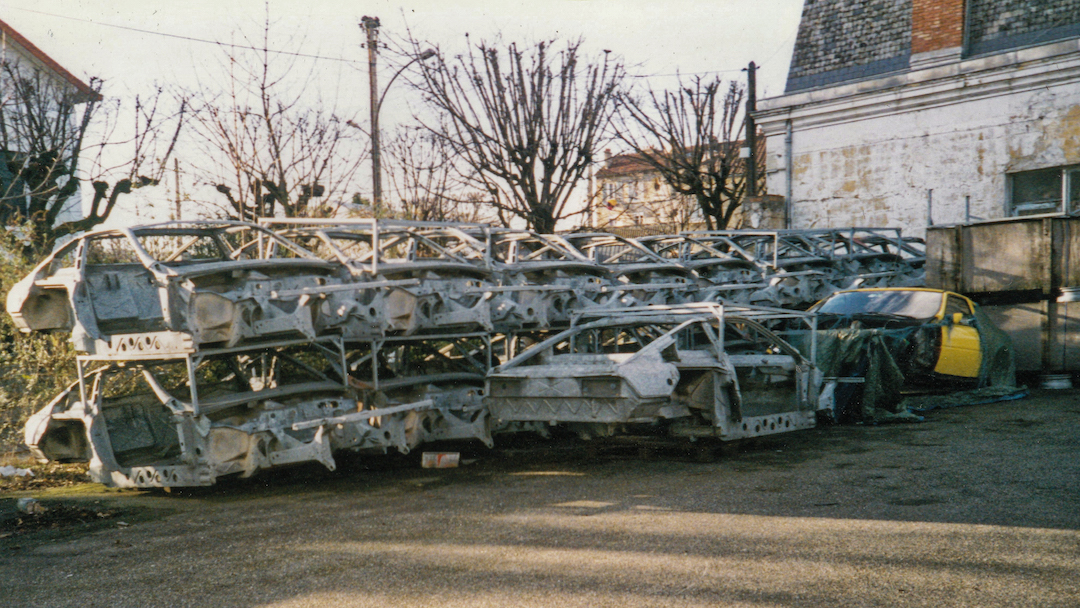
As for the P18, it evolved into the first generation Renault Espace and after a slow start went on to sell in quantities that no previous Matra had come close to achieving. Matra built the first three generations of the Espace, but Renault’s decision to take production of the fourth generation model in-house ultimately resulted in the bell tolling for Matra’s days as a car manufacturer. The company soldiered on for a while, building the gloriously idiosyncratic Avantime and working on a new city car concept, but it was a losing battle and Matra Automobile closed its doors in 2003.
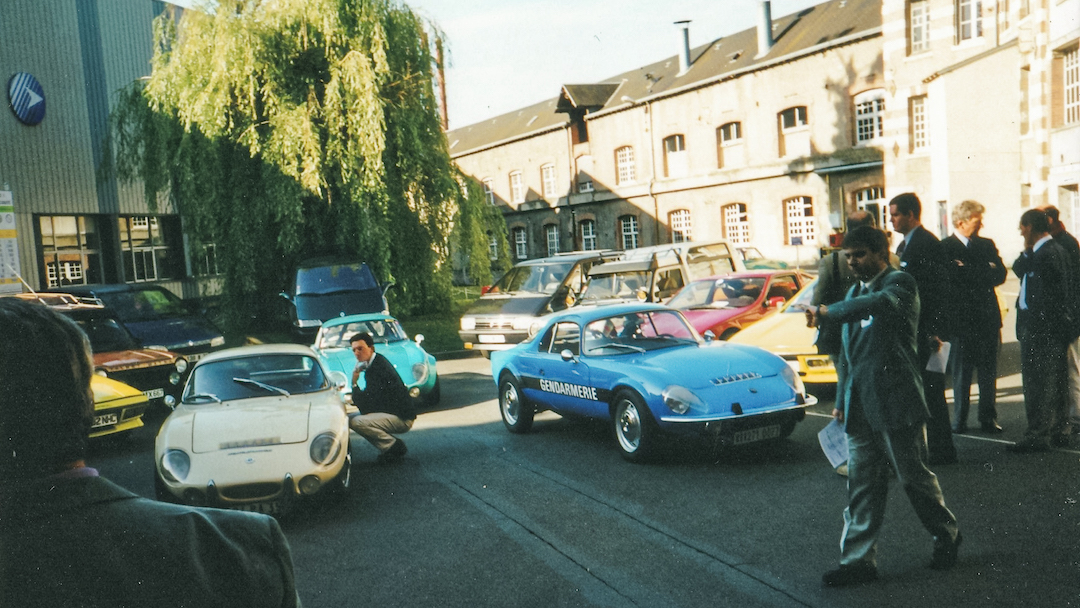
Today, the Espace automobiles Matra in Romorantin is home to a fabulous collection of Matra road, racing and prototype cars and is a must-visit for car lovers who find themselves in or around the Loire valley.
Closer to home, the Matra Enthusiasts Club UK caters for both owners and enthusiasts alike and actively participates at shows throughout the country each year, with occasional sorties abroad.
CLICK TO ENLARGE














